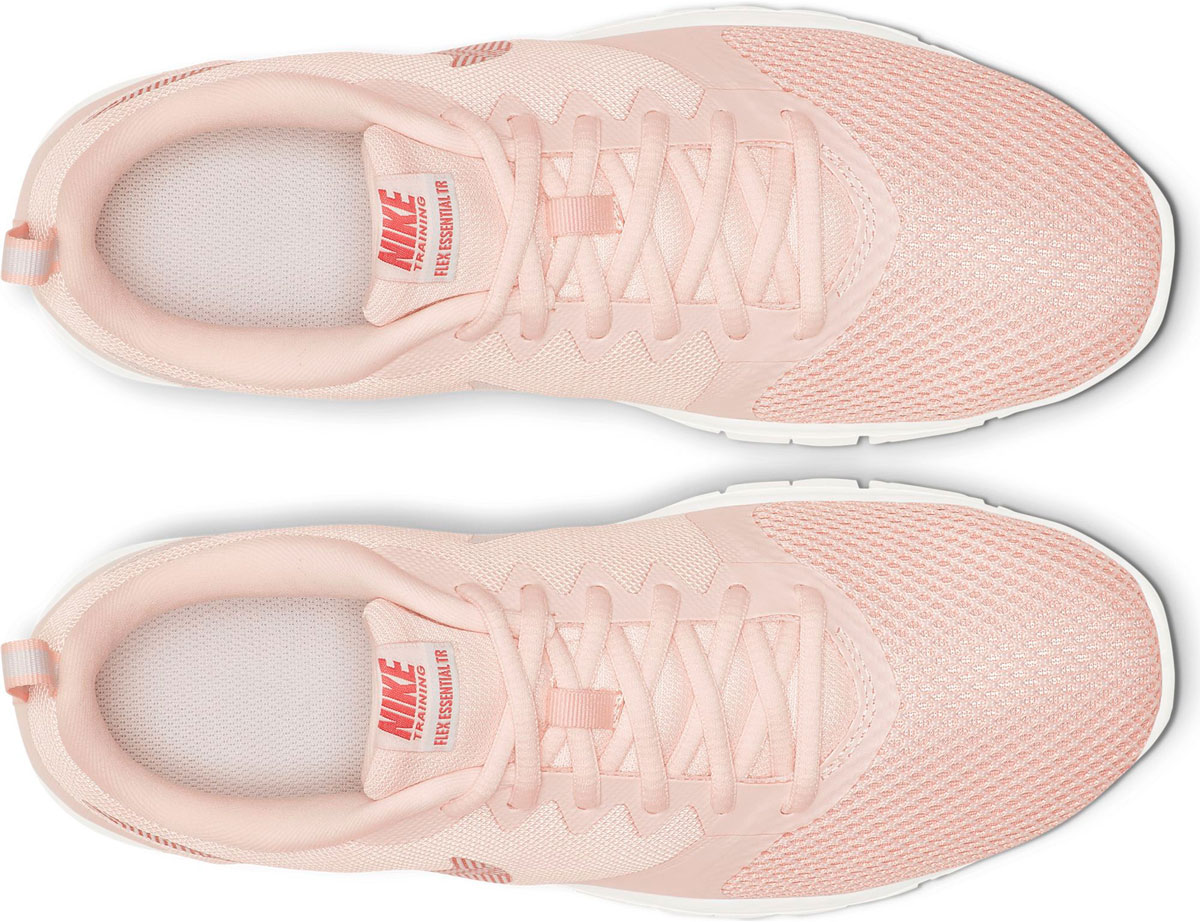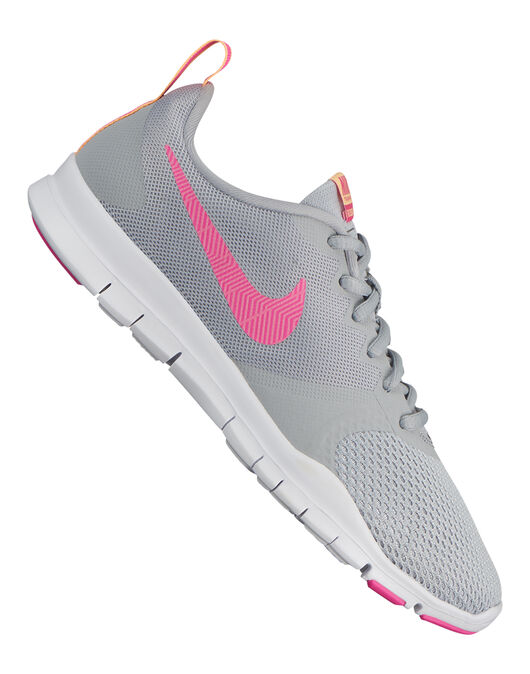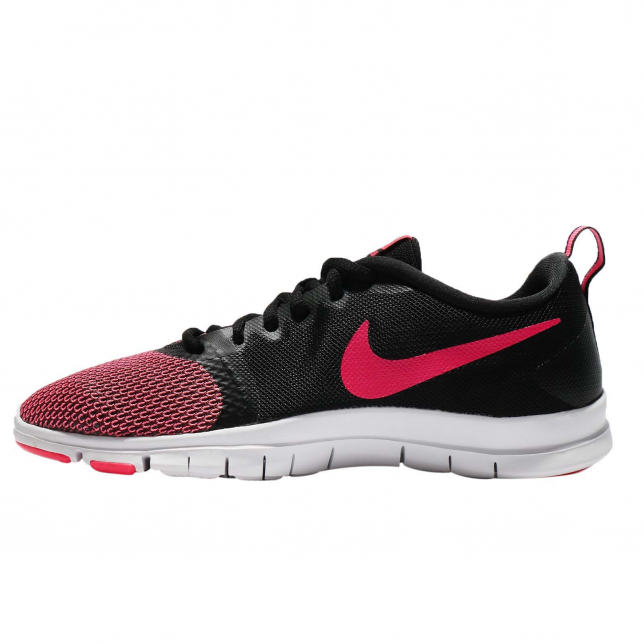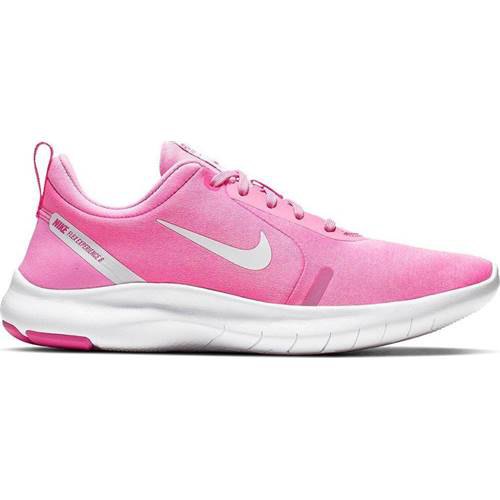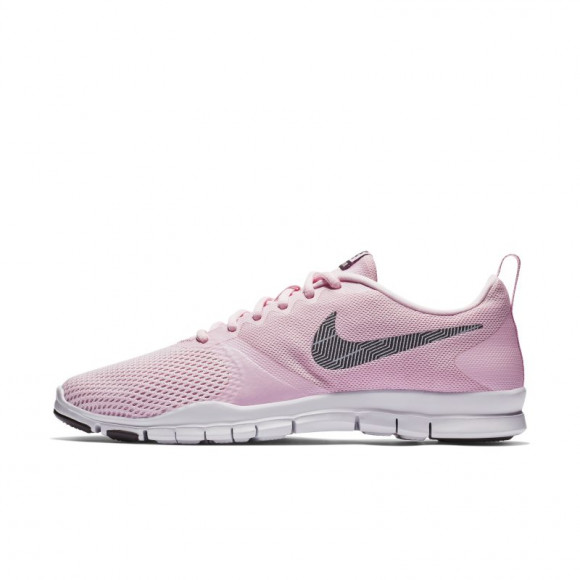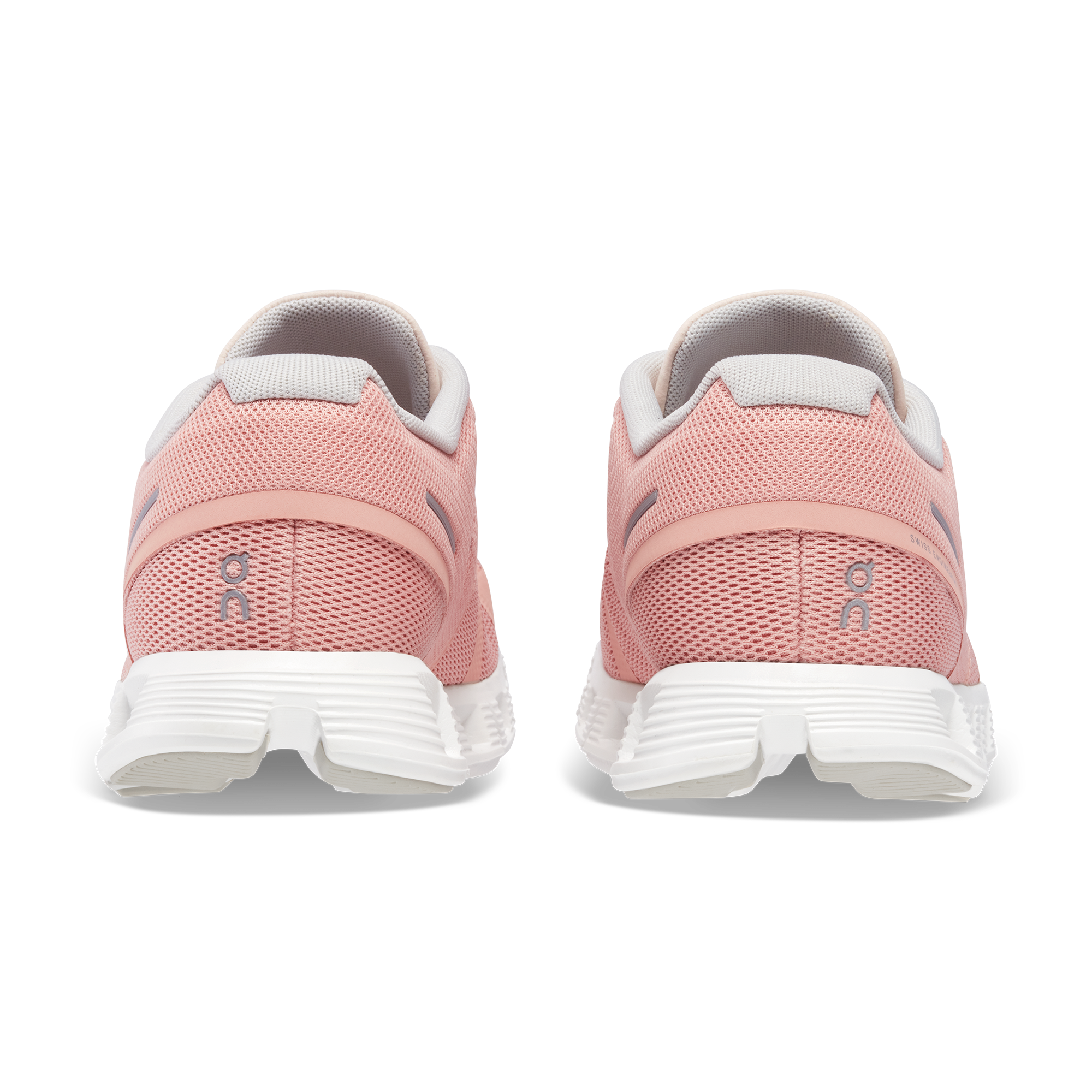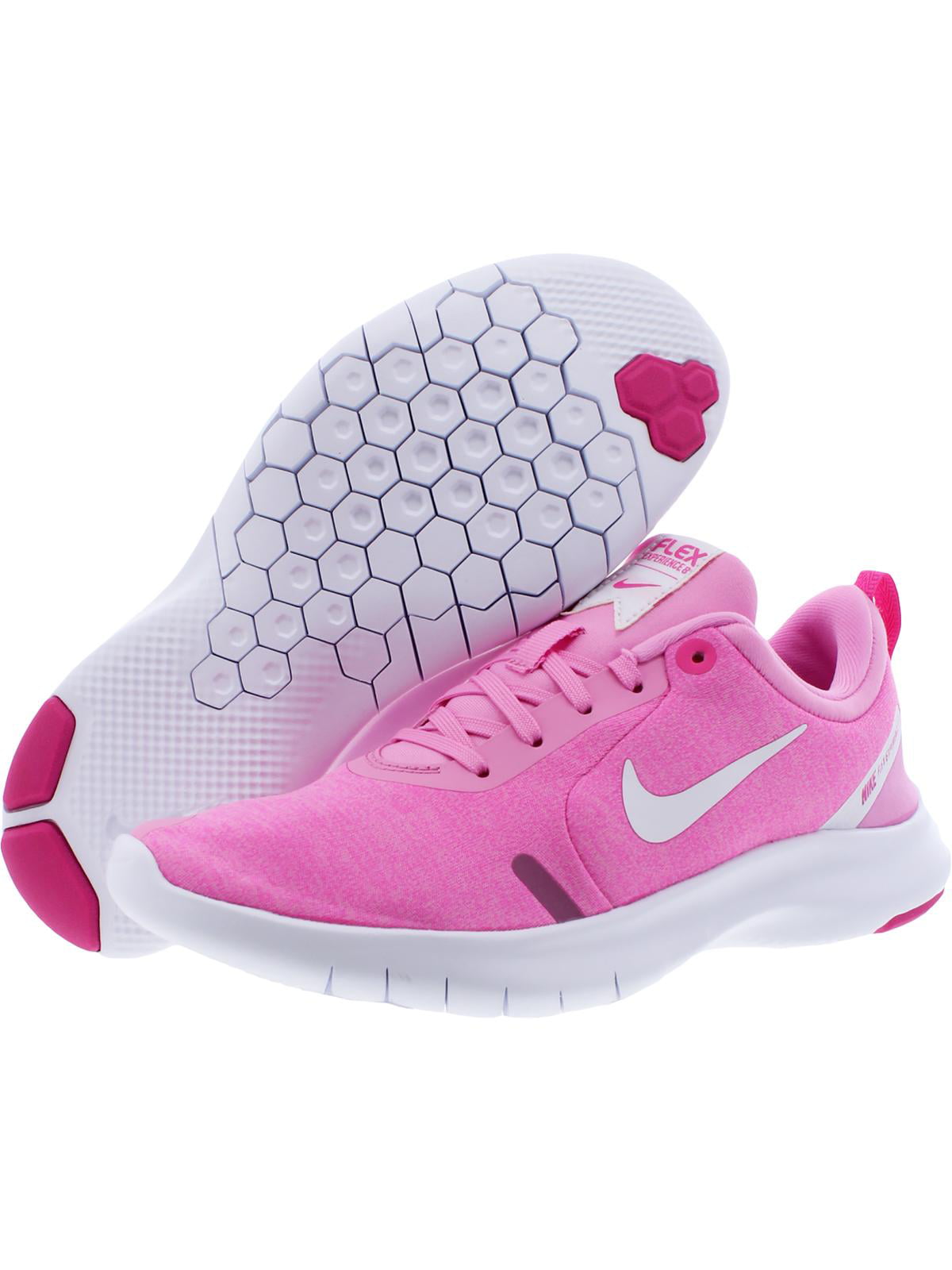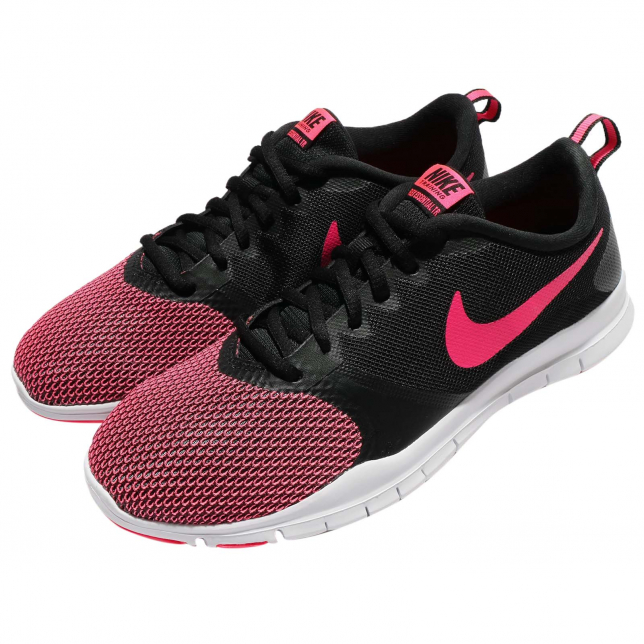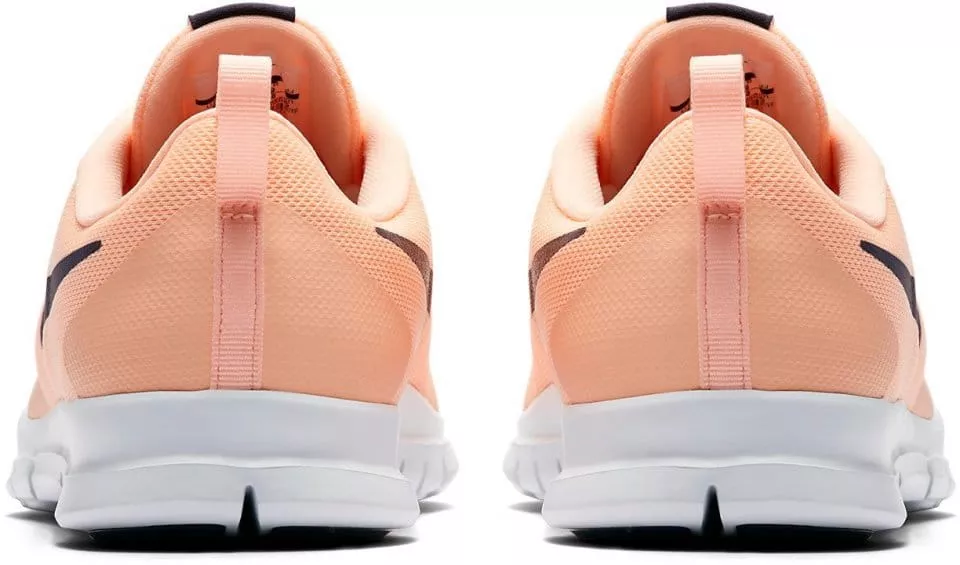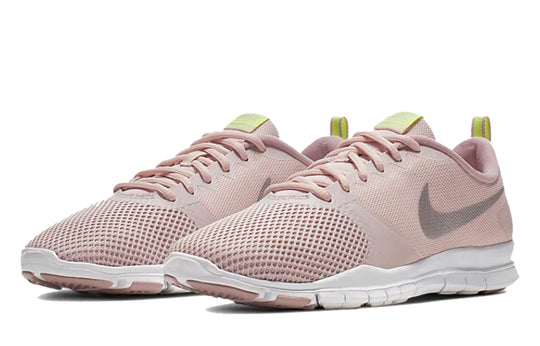
NIKE Women's WMNS Flex Essential Tr Fitness Shoes, Multicolour Laser Fuchsia Black Psychic Pink White 000, 41 EU: Buy Online at Best Price in UAE - Amazon.ae
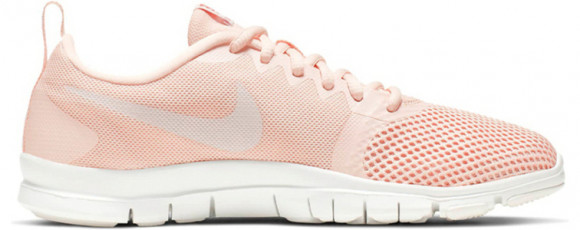
Womens Nike Flex Essential TR 'Echo Pink' Echo Pink/Light Redwood WMNS Marathon Running Shoes/Sneakers 924344-605

Amazon.com | Nike Women's Flex Experience Run 9 Shoe, Iron Grey/Fire Pink-Smoke Grey, 8 Regular US | Road Running

Amazon.com | Nike Womens Flex Essential TR LT Running Trainers AQ8227 Sneakers Shoes (UK 3.5 US 6 EU 36.5, Particle Beige 200) | Shoes

Nike Flex Essential Tr, Women's Fitness & Cross Training Shoes, Pink (Pink Foam/Thunder Grey-Pale Pink), 38.5 EU : Buy Online at Best Price in KSA - Souq is now Amazon.sa: Fashion

SNKR_TWITR on X: "AD: Nike Ja 1 'Bite' coming soon Nike US -> https://t.co/xNk42z2aWC Available now here Finishline https://t.co/vfNXNNMkmq $10 off w/code WINTERFUNDERLAND JDsports https://t.co/6E0t1q8n6l Shiekh https://t.co/ZdxUrLbd0q https://t.co ...

